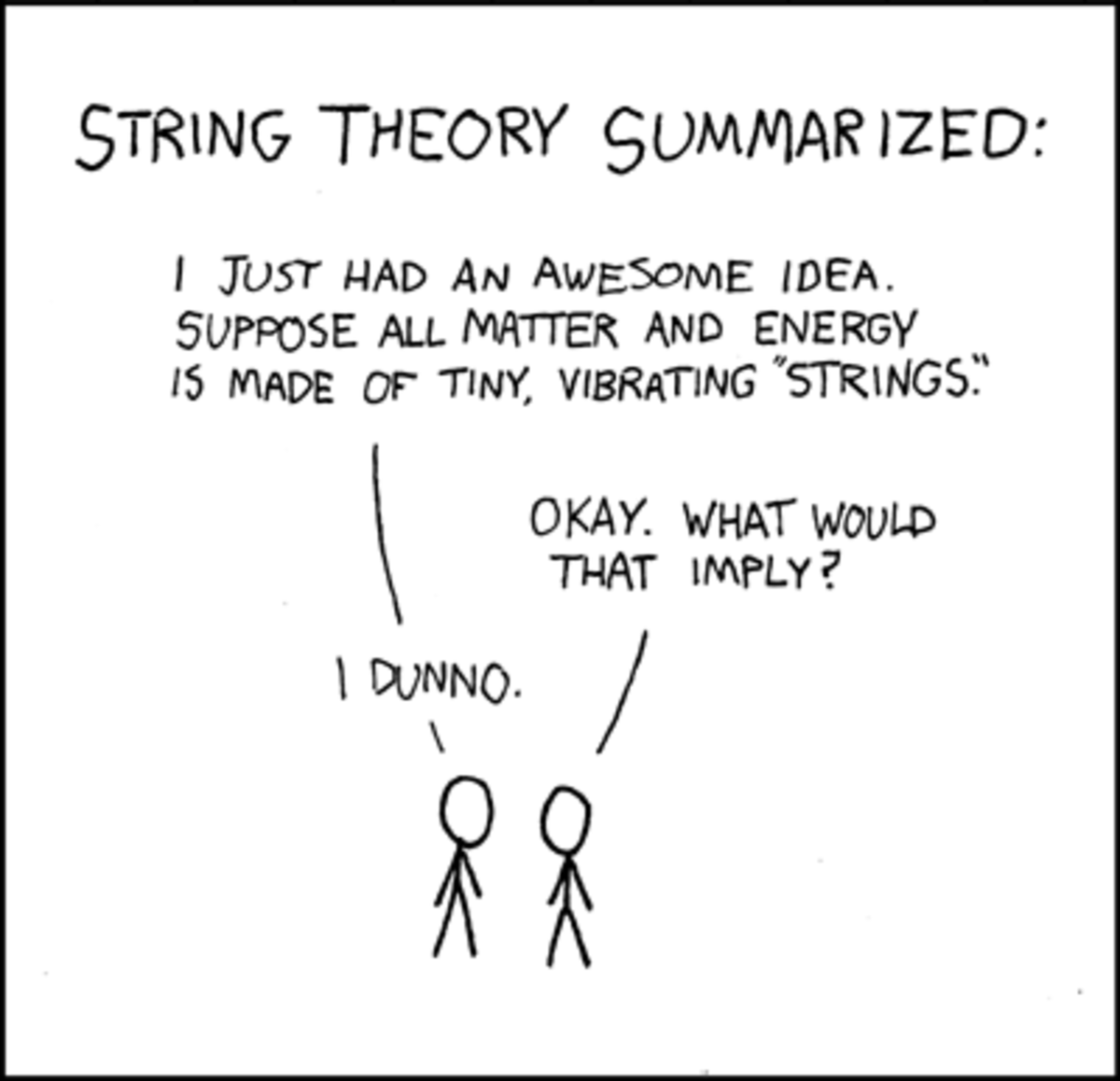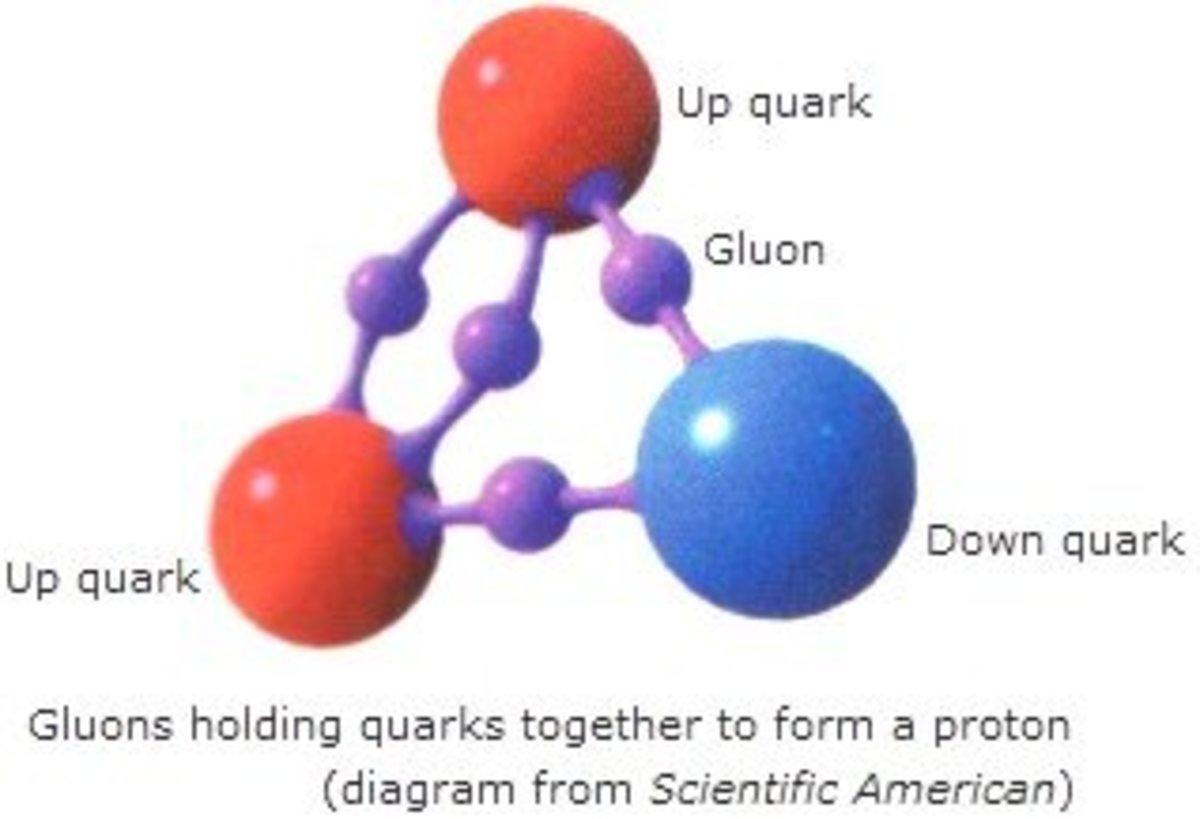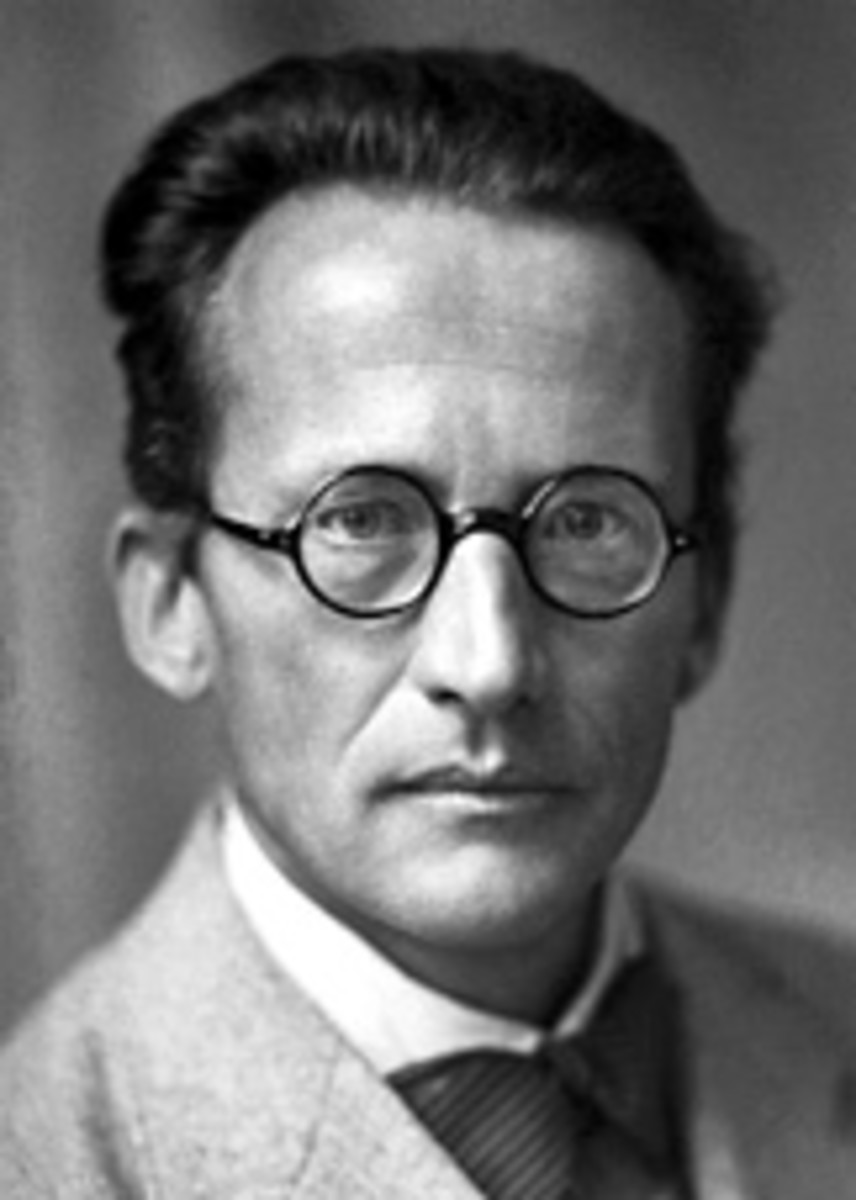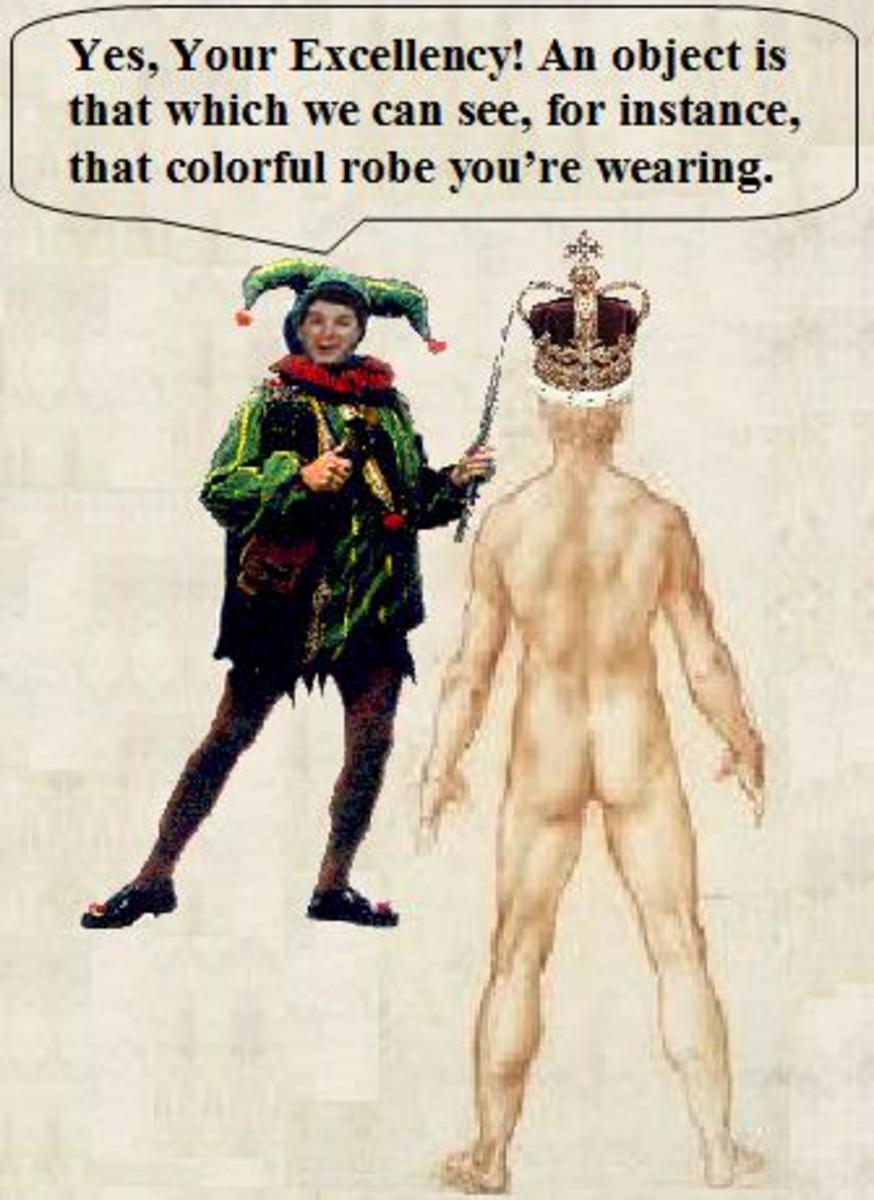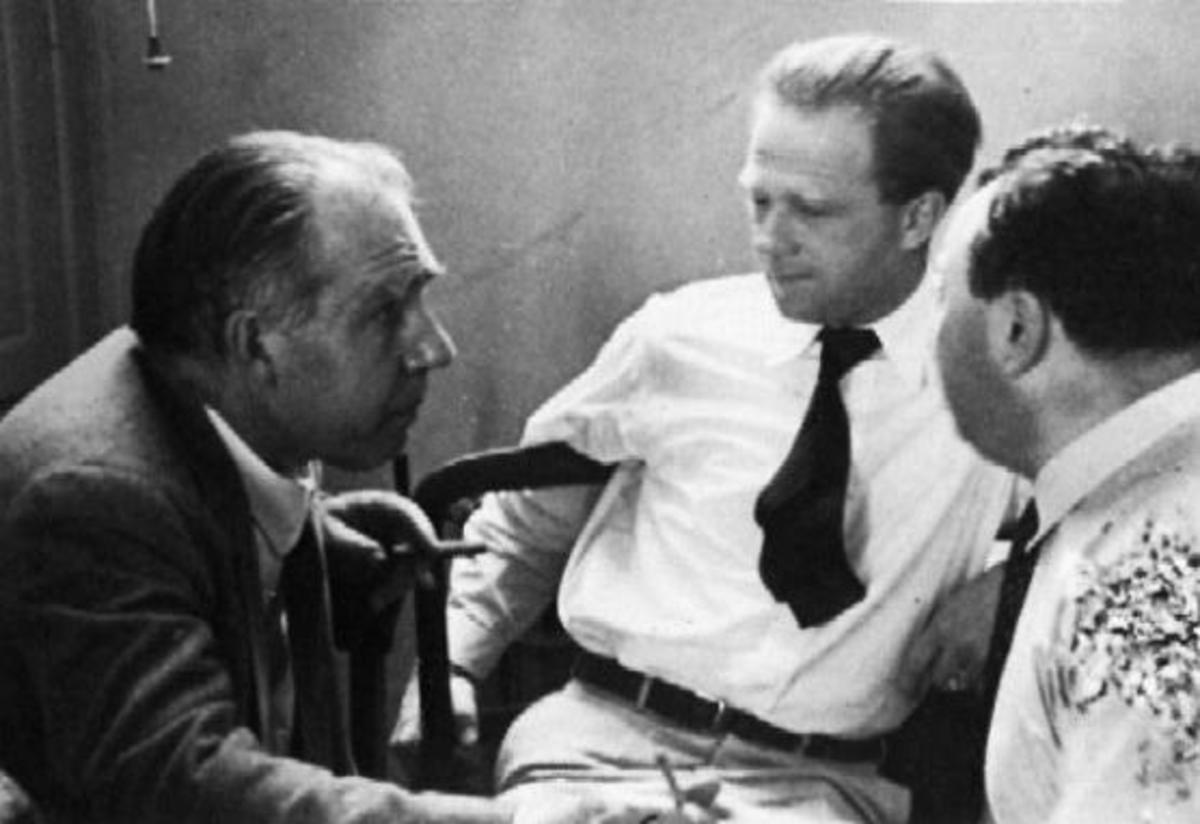Explanations of Quantum Theory

Quantum theory presents a strange conception of the atomic and sub-atomic world that shocks us and distances us from all that we are accustomed to in the real life and classical physics, but nevertheless succeeds to a great extent in interpreting the world's atomic realities, Strange, but all the scientific experiments come later to confirm the validity of these predictions, all this introduced quantum mechanics in the depth of philosophical discussions about the nature of what is presented and the proximity of the truth, even that quantum mechanics put forward the same issue of truth as a question, and the most important of these discussions and intellectual experiments: Schrodinger and friend Wagner.
Several theories have been presented to explain the results and conclusions of quantum theory: the first of these theories is known as the Copenhagen interpretation. It is mainly due to Bohr and his colleagues, who assert that the potential nature of quantum theory predictions can not be explained by any other deterministic theory, The lack of knowledge and information we suffer from, in short, quantum theory is of a potential nature because nature is inherently probable. What quantum theory does is to attempt to describe the laws of nature as they are.
On the other hand, Einstein stood one of the founders of quantum theory to declare his rejection of the quantitative determinism that arises from the probability of measurements, saying (God does not play dice), the famous phrase was a categorical rejection of the idea that nature has a potential originality, likely the lack of information we have Leads to this potential nature of the results and therefore incomplete quantum theory should be completed by compensating the lack of information, which he called hidden variables through these variables can formulate a complete theory of an inevitable nature.
There are then some interpretations that are similar to the results of quantitative predictions such as the theory of the multiple worlds of Everett, where this theory says that all the possibilities posed by quantum theory actually occur at the same time in a number of independent worlds parallel, so the parallel universes are inevitable, while each sub-universe will only be probable.
There is also an explanation of Baum (refers to David Baum). It is assumed that there is a universal non-local wave function that allows distant particles to interact with each other immediately. Based on this interpretation, Bohm attempts to confirm that physical reality is not a group of discrete particles interacting with each other as it appears to us. One is not divided by a constantly changing kinetic nature.
© 2019 Oussema Ben Romdhane


